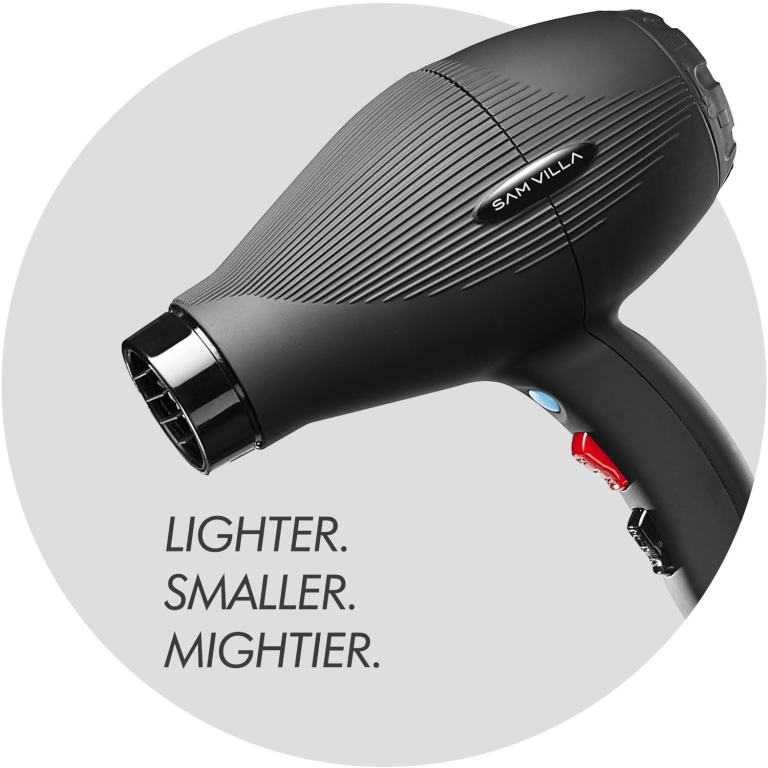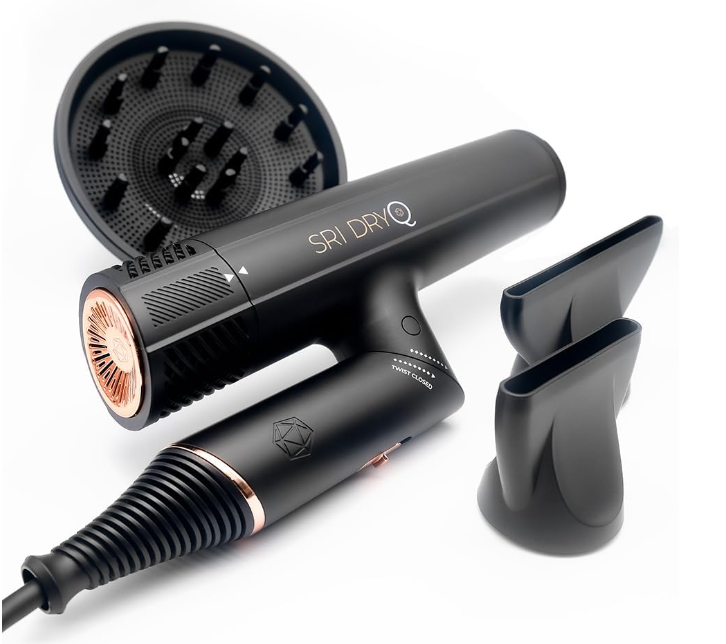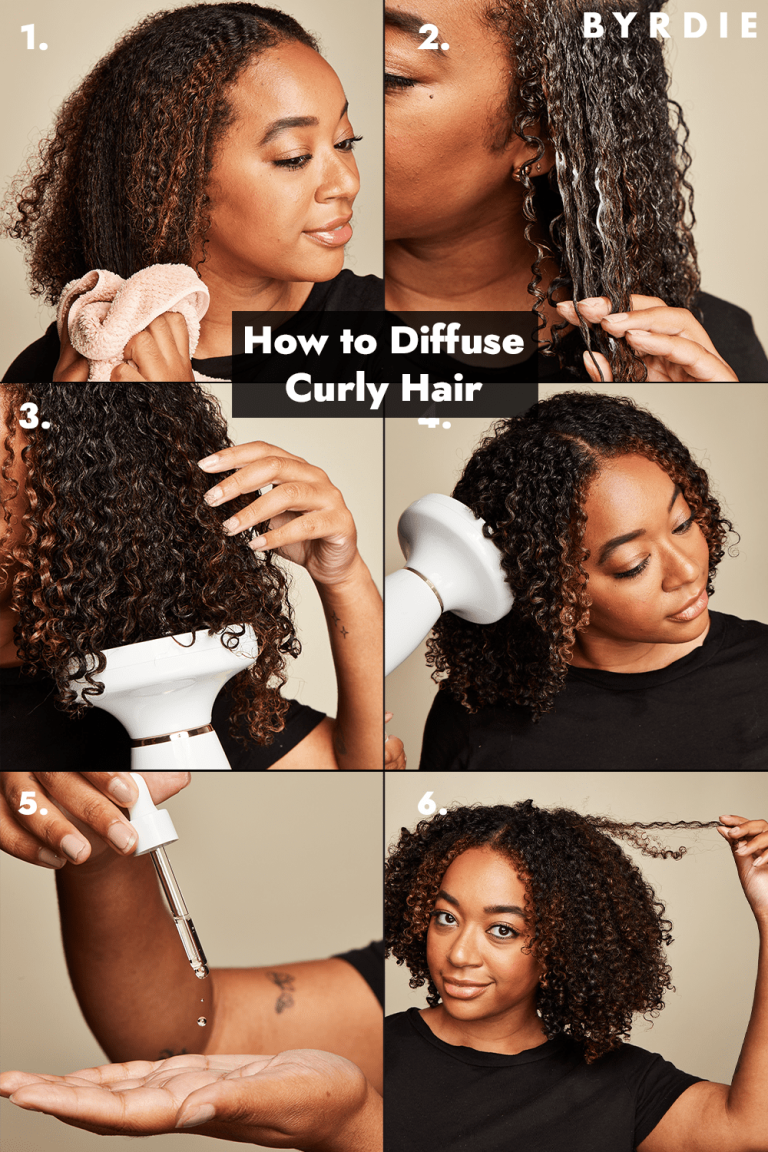Essential Guide to Diffuser Attachments
Diffuser attachments are versatile devices designed to enhance water flow and distribution in various applications, from showerheads to hoses. These attachments offer benefits such as water conservation, improved pressure, and a more comfortable experience.
This guide covers different types of diffuser attachments, including showerhead, faucet, hose end, and sprinkler diffusers, explaining their functions and benefits. It also outlines key factors to consider when choosing an attachment, such as flow rate, water pressure, material, and installation. Finally, the guide provides essential maintenance and cleaning tips to ensure optimal performance.
Types of Diffuser Attachments
Diffuser attachments come in various forms, each designed for specific applications. The four main types of diffuser attachments are showerhead diffusers, faucet diffusers, hose end diffusers, and sprinkler diffusers. Each type offers unique benefits and is tailored to meet different needs.
Showerhead Diffusers

Showerhead diffusers are attachments designed to modify the water flow from a shower. These devices work by dispersing water through multiple small openings, creating a more even and gentle spray. Showerhead diffusers offer several benefits, including:
1. Improved water pressure: By distributing water through numerous small holes, showerhead diffusers can increase the perceived water pressure, even in low-pressure systems.
2. Water conservation: Many showerhead diffusers are designed to reduce water consumption without compromising the shower experience.
3. Enhanced comfort: The diffused spray created by these attachments often feels more luxurious and soothing on the skin.
Popular showerhead diffuser brands and models include the Speakman Anystream, the Delta H2Okinetic, and the Moen Magnetix. These products have gained recognition for their innovative designs and effective water diffusion capabilities.
Faucet Diffusers
Faucet diffusers are small attachments that screw onto the end of a faucet spout. These devices work by aerating the water stream, mixing air with water to create a softer, more voluminous flow. The benefits of using faucet diffusers include:
1. Reduced water usage: Faucet diffusers can significantly decrease water consumption without sacrificing water pressure.
2. Splash reduction: The aerated stream produced by these attachments is less likely to splash, keeping sinks and countertops cleaner.
3. Improved water quality: Some faucet diffusers include built-in filters that can remove impurities from the water.
Well-known faucet diffuser brands include Neoperl, Delta, and Moen. These manufacturers offer a range of models suitable for various faucet types and water flow requirements.
Hose End Diffusers

Hose end diffusers are attachments designed for garden hoses and outdoor watering applications. These devices work by breaking up the water stream into smaller droplets, creating a gentler spray pattern. The benefits of using hose end diffusers include:
1. Even water distribution: Hose end diffusers help distribute water more evenly across plants and gardens.
2. Reduced soil erosion: The gentler spray pattern minimizes soil displacement and erosion.
3. Versatility: Many hose end diffusers offer adjustable spray patterns to suit different watering needs.
Popular hose end diffuser brands include Dramm, Gilmour, and Orbit. These manufacturers offer a variety of models with different spray patterns and flow rates to accommodate various gardening and outdoor cleaning tasks.
Sprinkler Diffusers
Sprinkler diffusers are attachments designed for irrigation systems and lawn sprinklers. These devices work by altering the spray pattern and droplet size of water emitted from sprinkler heads. The benefits of using sprinkler diffusers include:
1. Improved water efficiency: Sprinkler diffusers can help reduce water waste by ensuring more precise water distribution.
2. Customizable coverage: Many sprinkler diffusers allow for adjustable spray patterns to accommodate different lawn shapes and sizes.
3. Reduced misting: By creating larger water droplets, sprinkler diffusers can minimize water loss due to evaporation and wind drift.
Well-known sprinkler diffuser brands include Rain Bird, Hunter, and Toro. These manufacturers offer a range of diffuser models compatible with various sprinkler systems and designed to meet different irrigation needs.
Factors to Consider When Choosing a Diffuser Attachment
When selecting a diffuser attachment, several key factors should be taken into account to ensure optimal performance and satisfaction. These factors include flow rate, water pressure, material, and installation requirements.
Flow Rate
Flow rate is a crucial consideration when choosing a diffuser attachment. The flow rate refers to the volume of water that passes through the attachment in a given time, typically measured in gallons per minute (GPM). The importance of flow rate in diffuser attachments lies in its impact on water conservation and user experience.
To determine the appropriate flow rate for your needs, consider the following:
1. Local regulations: Many areas have restrictions on maximum flow rates for water fixtures.
2. Intended use: Different applications require different flow rates (e.g., a shower may need a higher flow rate than a kitchen faucet).
3. Personal preference: Some users prefer a stronger water flow, while others prefer a gentler stream.
| Application | Recommended Flow Rate (GPM) |
|---|---|
| Showerhead | 1.5 – 2.5 |
| Faucet | 0.5 – 1.5 |
| Garden Hose | 2.0 – 5.0 |
| Sprinkler | 0.5 – 2.0 per head |
Water Pressure

Water pressure is another critical factor in choosing a diffuser attachment. The water pressure in your home or outdoor system will affect the performance of the diffuser attachment. To determine the appropriate water pressure for your needs:
1. Measure your current water pressure using a pressure gauge.
2. Consider the recommended pressure range for the diffuser attachment you’re interested in.
3. Take into account any existing pressure-regulating devices in your plumbing system.
Most residential water systems operate between 40 and 80 psi (pounds per square inch). Diffuser attachments are typically designed to work within this range, but it’s essential to check the manufacturer’s specifications to ensure compatibility with your system.
Material
Diffuser attachments are made from various materials, each with its own advantages and disadvantages. The most common materials used for diffuser attachments include:
1. Plastic: Lightweight, affordable, and resistant to corrosion. However, plastic attachments may be less durable than metal options.
2. Metal: Typically more durable and long-lasting than plastic. Common metals used include brass, stainless steel, and chrome-plated zinc. Metal attachments may be more expensive but often offer better performance and longevity.
3. Rubber: Often used for gaskets and seals in diffuser attachments. Rubber components provide flexibility and help prevent leaks.
When choosing a diffuser attachment, consider the material’s durability, resistance to mineral buildup, and compatibility with your existing fixtures.
Installation
The installation process for diffuser attachments varies depending on the type and model. Generally, most diffuser attachments are designed for easy DIY installation. However, it’s essential to consider the following:
1. Compatibility: Ensure the diffuser attachment is compatible with your existing fixtures or systems.
2. Tools required: Check if any special tools are needed for installation.
3. Skill level: Some installations may be more complex and require professional assistance.
For a smooth installation process:
– Read the manufacturer’s instructions thoroughly before beginning.
– Gather all necessary tools and materials before starting the installation.
– Turn off the water supply before removing or installing any plumbing fixtures.
– Use plumber’s tape on threaded connections to prevent leaks.
– Test the diffuser attachment after installation to ensure proper function and no leaks.
Maintenance and Cleaning
Proper maintenance and cleaning of diffuser attachments are essential for ensuring optimal performance and longevity. Regular cleaning helps prevent clogging, mineral buildup, and potential water quality issues.
To maintain and clean your diffuser attachments:
1. Remove the attachment periodically (frequency depends on water hardness and usage).
2. Soak the attachment in a mixture of equal parts white vinegar and water for several hours to dissolve mineral deposits.
3. Use a soft brush to gently scrub away any remaining debris.
4. Rinse the attachment thoroughly with clean water.
5. For stubborn buildup, consider using a commercial descaling solution designed for plumbing fixtures.
For outdoor diffuser attachments, such as hose end diffusers and sprinkler diffusers, additional maintenance steps may include:
– Inspecting for damage or wear regularly
– Cleaning or replacing filters as needed
– Winterizing the attachments to prevent freezing damage in cold climates
By following these maintenance and cleaning practices, you can ensure that your diffuser attachments continue to function efficiently and effectively for years to come.
Conclusion
Diffuser attachments offer a wide range of benefits for various water applications, from enhancing shower experiences to improving garden irrigation. If you’re looking for a specific use, like drying curly hair, consider checking out the best diffusers for curly hair to find the perfect fit.
By understanding the different types and considering factors like flow rate and water pressure, you can choose the best diffuser attachment for your needs. Experiment with different types to find what works best for you, whether you’re aiming to conserve water, improve pressure, or create a more comfortable shower.
In conclusion, diffuser attachments are a simple and effective way to enhance your water usage while promoting conservation. By investing in quality diffusers and maintaining them properly, you can enjoy improved water flow and distribution for years to come.

I’m Ashley Walker, and I’m passionate about helping people with curly hair achieve their dream curls. I created Bestcurlyhairdiffuser.com to be a comprehensive resource for everything you need to know about diffusers and how to use them to enhance your natural curls.






I found the section on showerhead diffusers particularly interesting! The idea of improving water pressure while conserving water is fantastic. Which brands do you recommend for someone looking for high quality?
Can you explain how a faucet diffuser improves water quality? I’m curious about the built-in filters and how effective they really are.